Charger Keeppower L1 4.20V



This is the updated version of the L1 charger where Keeppower has reduced the charging voltage to the correct 4.20 volt. It is a single cell charger with two charge currents and can handle sizes up to 26650, the charger is powered from usb. For a review of the initial version of the charger see here: First version.
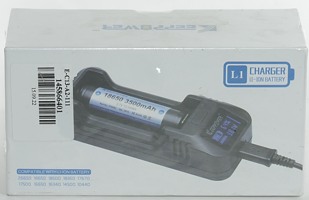
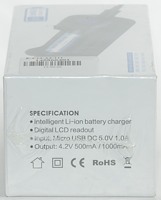
I got the charger in a cardboard retail box with fairly limited printing on.
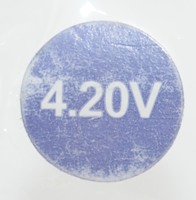
I unwrapped it before looking careful on the box. The above label was placed on the shrink wrap.
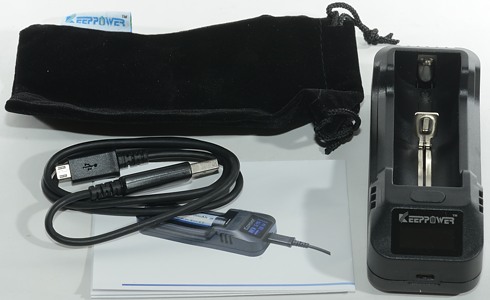
The box contained the charger, a bag and a usb cable and a manual.

The bag is for the charger and the cable.
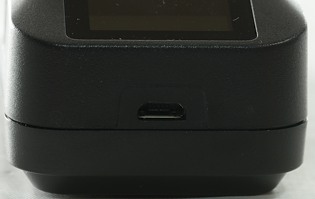
The micro usb connector is placed on the front, just below the display.
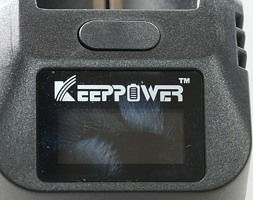
The user interface is a display and a single button.
A press on the button will change between 500mA and 1000mA charge current, but only when there is a battery in the charger.
Holding the button down will turn off the display and disable the current change function, the charger will continue to charge with selected current. To turn display on again the button must be held down again.


The display has an animated battery icon, charge percent, voltage and selected current.
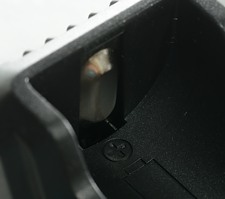
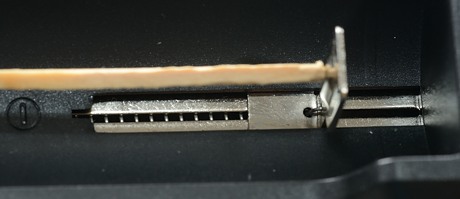
The charge uses the typical slider construction with a metal rail and it works smoothly from about 29.5mm to 71.5mm, i.e. the charger can handle any 18650 and 26650 cells both protected and unprotected.








The charger can easily handle 71 mm long batteries, including flat top cells.
Measurements
- Between 0V and 3V charger will charge with 180mA.
- Above 3.0 volt the charger will use regular charging.
- The charger will not restart if battery voltage drops.
- Charge will restart charging after power loss, or battery insertion.
- Voltmeter works from 2.2 volt to about 4.2 volt and is within 0.05 volt. It will stop update when charging is finished.
- The charger has a limit on how fast the percent display can increase and the voltmeter will never decrease.
- When charging is finished the charger will discharge the battery with about 60uA.
- When charger is without power it discharge the battery with about 200uA.
.png)
The charging algorithm in this charger is a bit special, it do not reduce current slowly as as most LiIon chargers, but drops it in a few steps steps. It will charger the batteries as good as a smooth curve, but it slower.
Termination current is very low.
.png)
There is not much difference with 0.5A charge current, except it takes much longer.
.png)
.png)
The charging looks good enough, but again it takes a lot of time.
.png)
With this old cell the termination is fine, but it do take some time to charger the cell.
.png)
.png)
.png)
Simulating a weak usb charger did not upset the charging, but it forced a smooth reduction in charger current at an earlier stage. This made the charging faster.
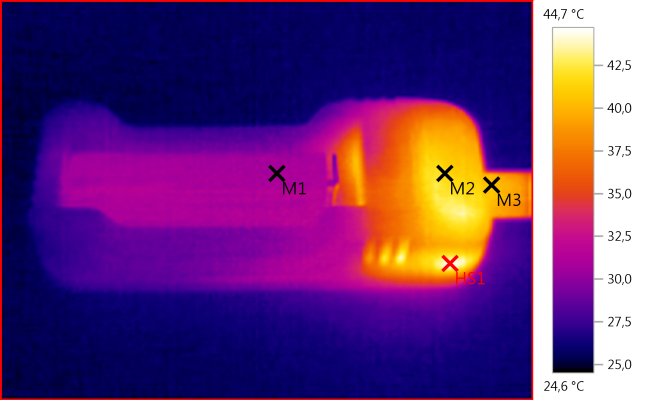
M1: 30,7°C, M2: 41,6°C, M3: 40,8°C, HS1: 44,7°C
It runs fairly cool.
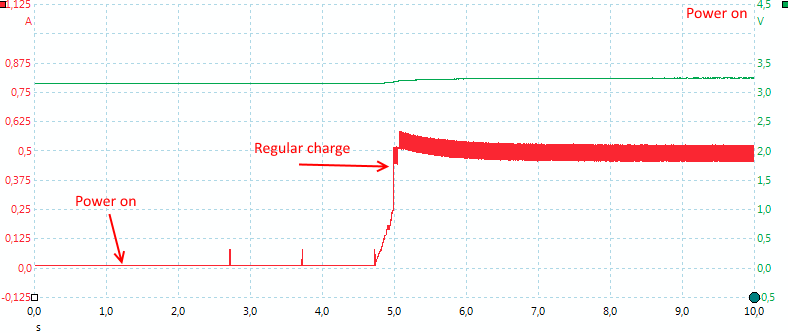
The charger needs about 4 second to start.

The charger current can be switched at any time during charge (if the display is on).
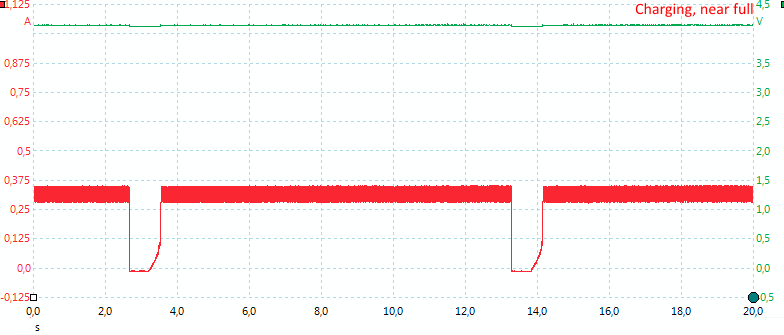
When the cell get close to full the charger will change start pulsing the current. This probably means it is charging until the cell is 4.20 volt without current.
Conclusion
This charger is significantly changed from the first version, the voltage is reduce to the correct level, but the step down and termination is not nearly as good.
If you can live with fairly long charge times the charger is good.
Notes
The charger was supplied by Gearbest for review.
Here is an explanation on how I did the above charge curves: How do I test a charger






















.png)
.png)
.png)
.png)
.png)
.png)
.png)
.png)



